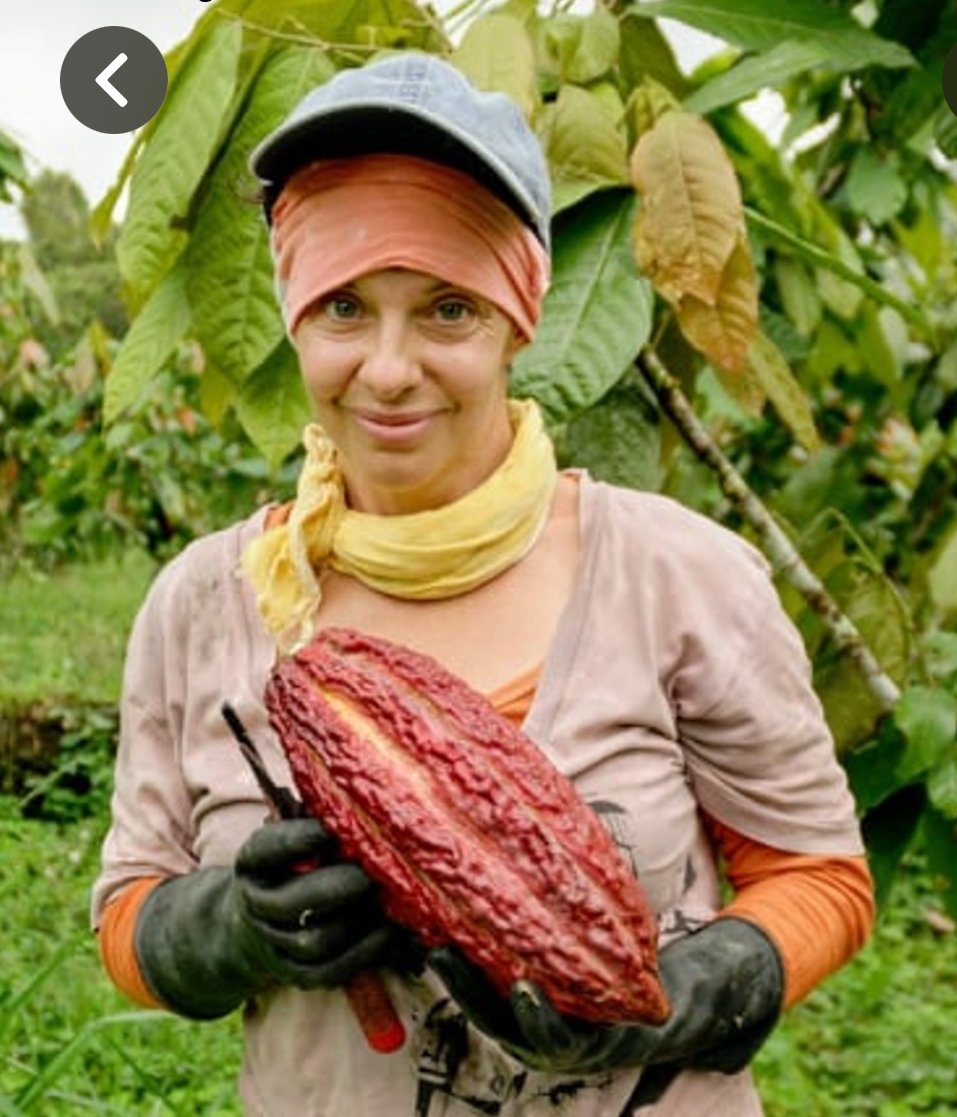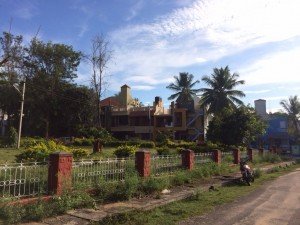Echoes from the Forest: Insights for a Thriving Mysore Community
Today’s post intertwines the wisdom of my mentor, Kristen Krash, with my work as a mysore style Ashtanga Yoga teacher. Kristen, an inspiring figure in both my life and in her groundbreaking work regenerating a cloud forest in Ecuador, offers profound insights into the interconnectedness of all things.
Kristen’s article “Why those big-tree planting projects fail. And why ours is succeeding” is a story of resilience, regeneration, and the intricate tapestry of community building— all in a forest environ. The gist of it is that it takes more than a bunch of big trees to make a forest. I see parallels between Kristen’s observations about forest regeneration and the nurturing environment of a Mysore yoga community. I believe these insight offers a unique perspective on how we, as individuals and as a collective, can grow, thrive, and support each other in our practice and beyond. Let’s look at some of KKs insight, shall we?
In the Mysore room, just like in a forest, each practitioner or “tree” does not exist in isolation. That’s Kristen’s first sight— that “nothing live in isolation”. Open system stuff. The growth and development of a Mysore program, much like a forest, depends on the nurturing and supportive environment created by its members. Seasoned practitioners, akin to the older and tougher plant life, provide guidance, support, and protection to newer members. This can be through their presence, their adherence to the discipline of the practice, or even through indirect mentorship.
Krash’s second insight, “it takes a village”wonderfully parallels the communal and supportive nature of a Mysore yoga program.
In a Mysore room, like in a forest, the growth and development of practitioners are not solely reliant on their direct teachers or “genetic parents.” Practitioners benefit greatly from the collective wisdom, experiences, and support of the entire yoga community, not just from their primary instructors.
This community, that which exists beyond pioneer plants, includes not only the experienced practitioners and teachers but also peers and even those who are newer to the practice. Big trees are felled, new ones take their place. Better if there’s a little bit of you left with a lot, as together they’ll have more of you. This way, no one person has to be perfect. Each individual, with their unique journey and insights, contributes to the learning environment. This diverse support system mirrors the way young trees thrive best when nurtured by a variety of “foster plants.”
In a Mysore room, practitioners learn different aspects from different people: discipline from one, a particular adjustment from another, noble silence from a neighbor, breath control from a fourth, and so on. This holistic approach to learning and growth in a community setting is what creates a rich, dynamic, and supportive Mysore environment.
The third insight from Krash, “Mimic Nature,” can be beautifully applied to developing a new Mysore yoga community. You may wonder what to do if you don’t have the right soul/foundation/enough older timers. You need to make pioneers.
That means giving time and patience and care to your more solid rookies. You want robust practitioners. After all, the role of the teacher in this ecosystem is akin to the natural forces that help a forest thrive. They create a conducive environment, offer individualized guidance, and ensure that the practice space remains respectful and focused. They also help in fostering a community where everyone, regardless of their level, feels included and supported. And sometimes, they have to cast more shade or share more sun. It’s a bit of a paradox, as new teachers will often have to give more of themselves at first.
Remember: Kristen plants banana trees because they reach full maturity in 10 months, as opposed to 10 years, that readies the forest floor. Those banana trees are called ‘pioneers.’
In a new Mysore program, it’s vital to have ‘pioneer’ practitioners who are resilient, adaptable, and capable of thriving in different environments. If you don’t have any, the program can’t flourish.
In this way, they also make sure you don’t grow too fast! Their adaptability, commitment, and enthusiasm for the practice act as a catalyst, encouraging growth and resilience in the community. They are the ones who, through their practice and presence, begin to nurture the ‘soil’ of the community, making it more receptive for new practitioners to join and flourish. It’s why the “big-tree first” strategy doesn’t always work out in a cloud forest, or a mysore room.
When building a new Mysore program, it is essential to collaborate and foster a welcoming environment. The space should be focused on the grounded elements of practice more than the flash of it all. And you can’t be selfish— your excellence is defined by how you help others elevate to excellence!
Like in an ecosystem where pioneer plants prepare the way for a diverse and thriving forest, pioneer practitioners in a Mysore room lay the foundation for a robust and supportive yoga community. There is quite a time commitment on the front end, but over time, this environment becomes self-sustaining, with each member contributing to and benefiting from the collective growth and learning.
Kristen Krash’s work in the Ecuadorian cloud forest speaks volumes about the necessity of understanding scale. In reforestation, as in nurturing a yoga community, it’s not just about the number of trees planted or the number of practitioners on the mat. It’s about the relationships between them, the environment they create together, and the system they operate within. The success of a forest, much like a Mysore room, hinges on a balanced, well-thought-out ecosystem where each element supports and enhances the others.
Systems thinking allows us to see the Mysore room not just as a collection of individual practices, but as a dynamic, interconnected community. Each practitioner, from the beginner to the advanced, plays a role in this system. The interactions, the shared energy, and the collective wisdom contribute to a holistic growth experience far greater than the sum of its parts.
Let’s take these lessons to heart. Whether we are regenerating forests or fostering a thriving yoga community, the principles remain the same. We need to think in terms of systems, understand the scales at which they operate, and appreciate the interconnectedness of all components. By doing so, we not only enhance our individual practices but also contribute to the health and vitality of the larger community.





